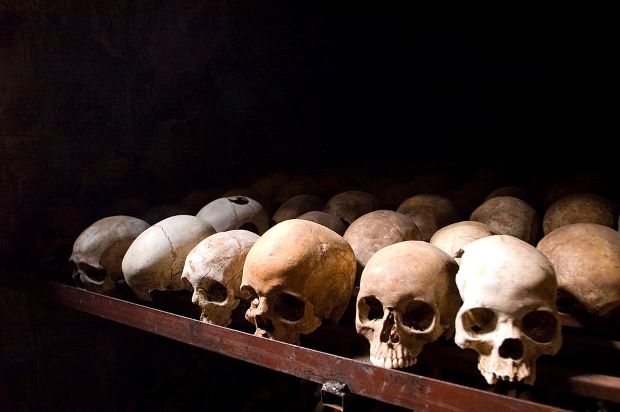In the nearly 100 days of the Rwandan Civil war which began in the aftermath of the assassination of Rwandan President Juvénal Habyarimana on this day in 1994, , between 500,000 and 662,000 ethnic Tutsis were slaughtered by armed militias, along with a few moderate Hutu and Twa members, in what has been called the Rwandan genocide.
In 1990, the Rwandan Patriotic Front (RPF), a rebel group composed mostly of Tutsi refugees, invaded northern Rwanda from their base in Uganda, initiating the Rwandan Civil War. Neither side was able to gain a decisive advantage in the war, and the Rwandan government led by President Juvénal Habyarimana signed the Arusha Accords with the RPF on August 4, 1993. Many historians argue that genocide against the Tutsi had been planned for a few years. However, Habyarimana’s assassination on this day in 1994 created a power vacuum and ended the peace accords. Genocidal killings began the following day when soldiers, police, and militia executed key Tutsi and moderate Hutu military and political leaders.
The scale and brutality of the genocide caused shock worldwide, but no country intervened to forcefully stop the killings. Most of the victims were killed in their own villages or towns, many by their neighbours and fellow villagers. Hutu gangs searched out victims hiding in churches and school buildings. The militia murdered victims with machetes and rifles. Sexual violence was rife, with an estimated 250,000 to 500,000 women raped during the genocide. The RPF quickly resumed the civil war once the genocide started and captured all government territory, ending the genocide and forcing the government and génocidaires into Zaire.
-Wikipedia
Photo caption – Skulls on display at the Nyamata Memorial Site, Nyamata, Rwanda – Wikipedia


